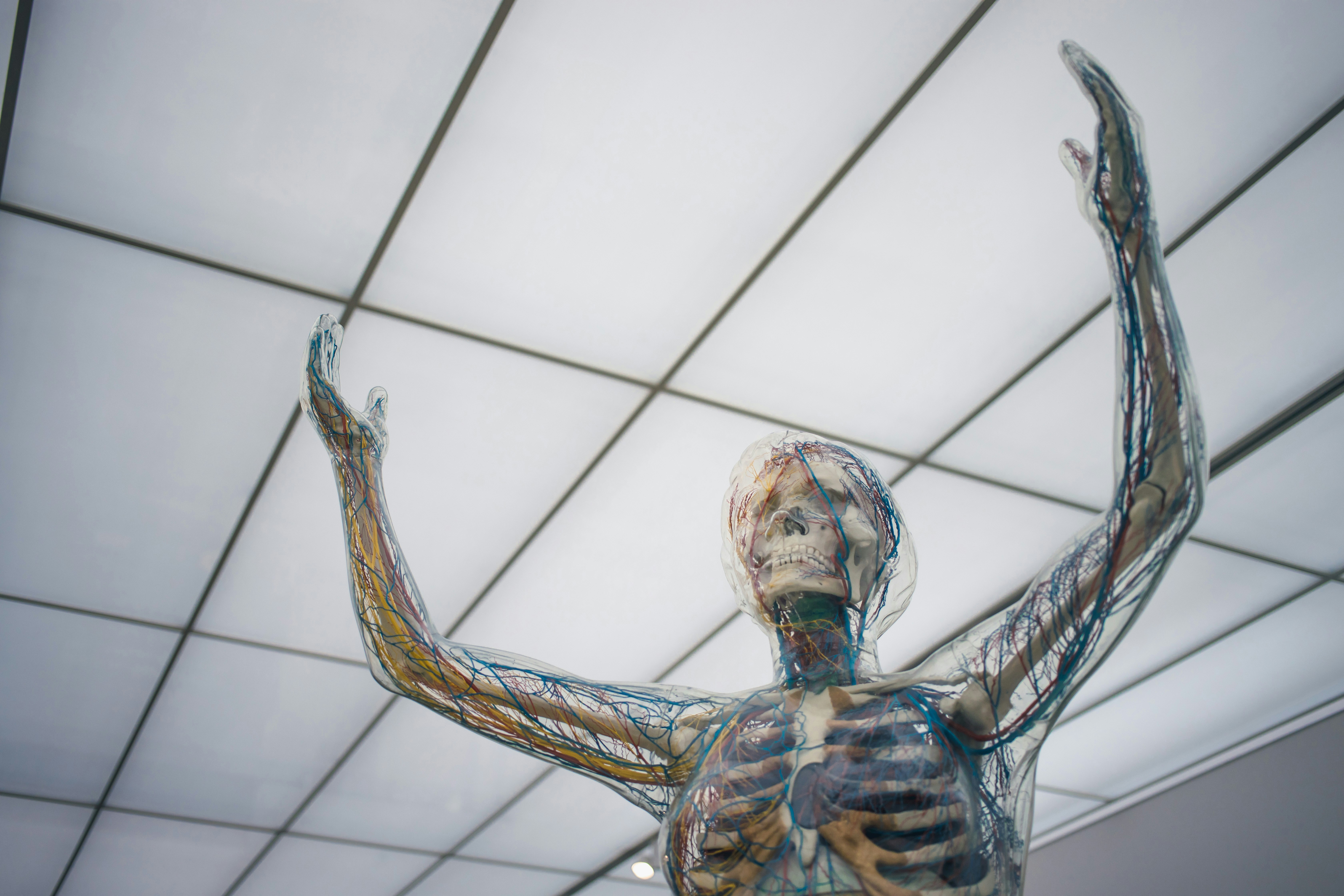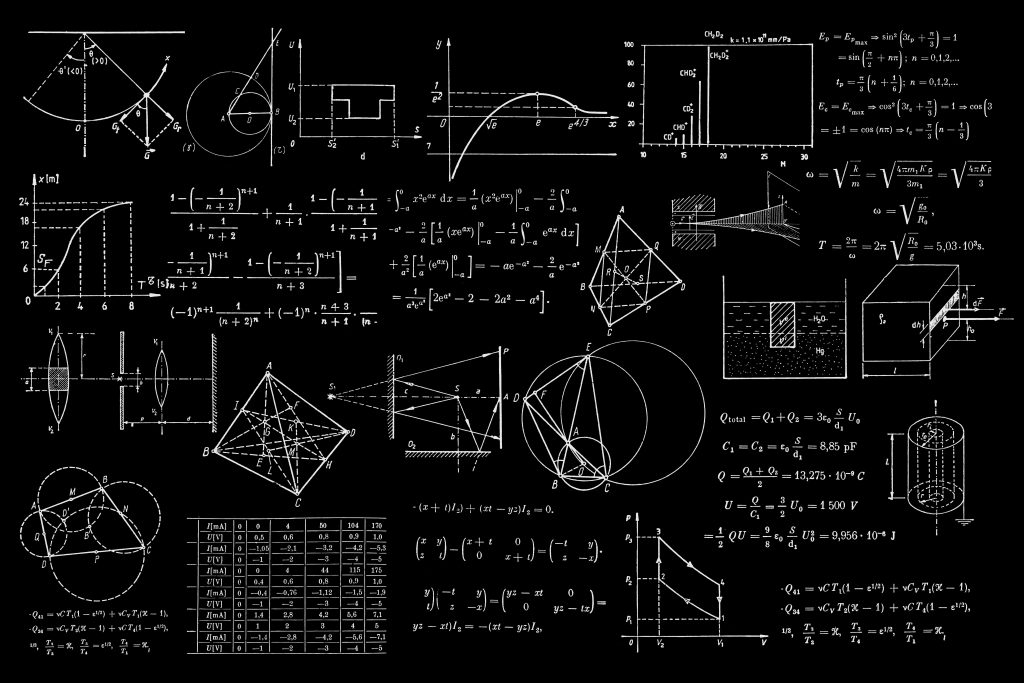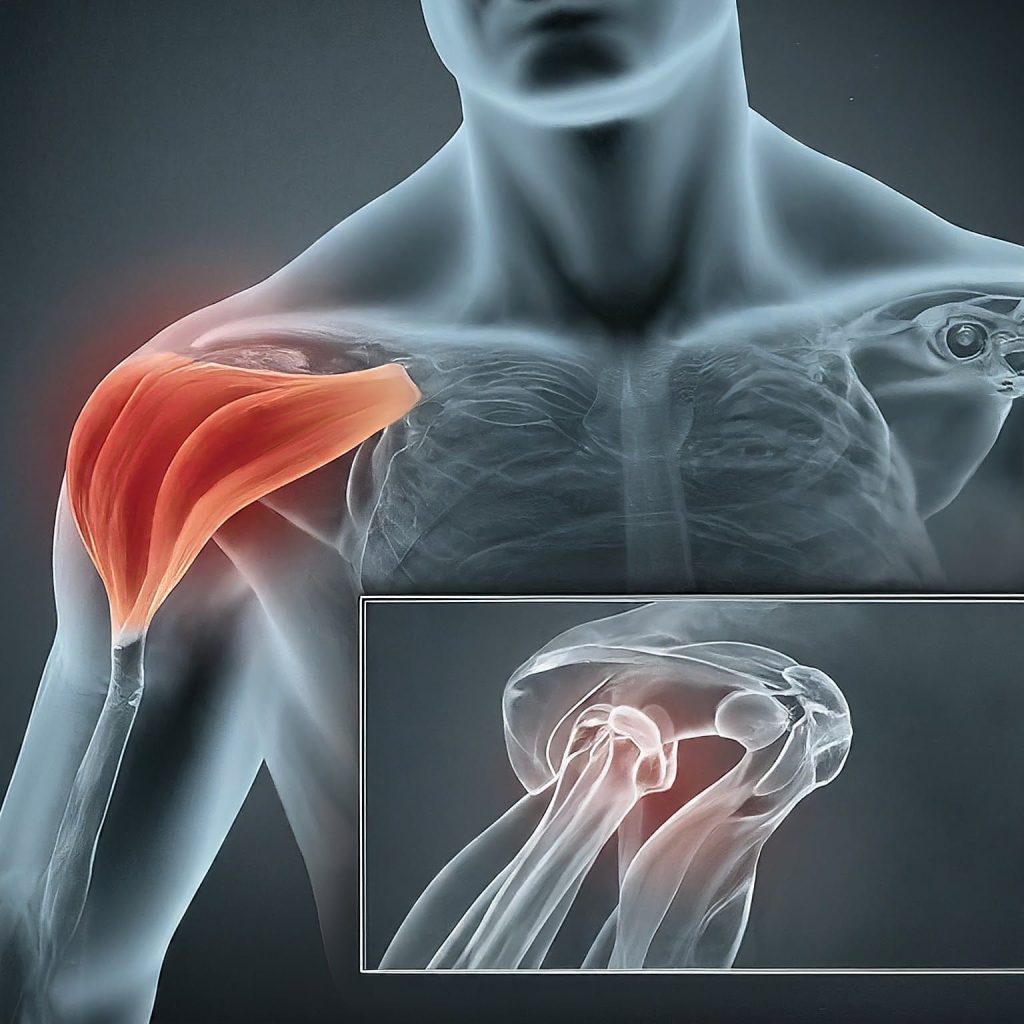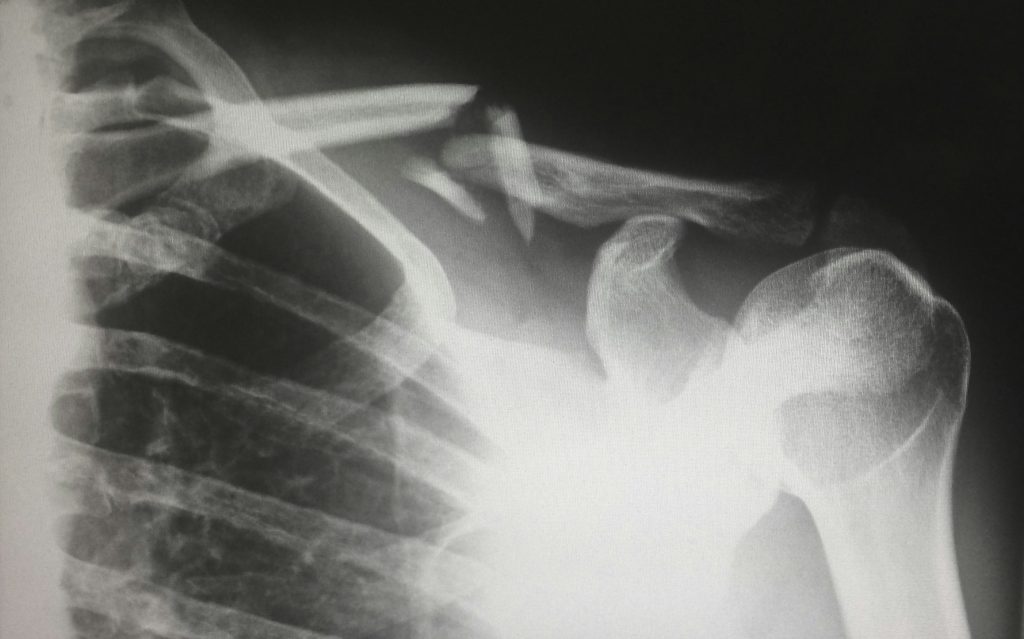
What is Proprioception?
Proprioception describes the awareness of posture, movement, and changes in equilibrium and the knowledge of position, weight, and resistance of objects in relation to the body (Principles of Rehabilitation, Chapter 4). What proprioception lacks is the understanding of magnitude of change or where the posture or movement is happening in relation to space.
What is Kinesthetic Awareness?
Kinesthetic Awareness (KA) is an understanding of both the magnitude of movement and where your body parts lie in relation to one another, as well as, objects in the environment. Understanding of where your limbs lie in space is a hallmark of kinesthetic awareness, and it serves as a foundation for smooth, controlled, coordinated, and efficient movement.
How can we train it?
Highly kinesthetically aware athletes can create tremendous plays with “feel”, ie. Odell Beckham’s one handed grab behind his body. During a catch like that there is not enough processing time to completely see his hand in space meeting the ball, instead there is an inherent “feel” for where he needs to be, this is kinesthetic awareness. This same analogy can be made for a thrower with multiple arm paths, unique evasiveness from the rush and then delivering an “off-platform” strike down field. An athlete’s ability to adlib and find movement solutions to complex environmental problems is enhanced with the more diverse their kinesthetic awareness is. Real-time and immediate processing of where your body is inspace, where your joints are relative to one another, and where you are in relation to environmental objects heightens skill expression.
1. Plyometrics
Complex coordination of power movements that require co-contraction and force production as well as acceptance can challenge KA. Plyometrics can continually increase in complexity as multiple planes of movement are added, increasing the number of joint involvement, or adding tasks (cognitive or physical) to the power exercise.
Example General Athlete: Unilateral Depth Drop to Lateral Bound
Example Throwing Specific: Plyometric Rebounders or Wall Dribbles (1000g)
2. Resistance Exercise / Overload / “Hard Work”
Consistent exposure to a variety of skills, planes of movement, and resistance loads create environments for motor learning and enhanced kinesthetic awareness. These are keys to enhancing an athlete’s coordination. Overloaded movements not only improve muscular strength, but also increase the feedback of inefficient movement to the system. For example, an athlete with an excessive long and disconnected arm path may not feel that their arm is “long” in space with the traditional 15oz football. However, when they mimic the same throwing motion holding a 1000g plyometric ball they feel the weight tug and lag away from their body. This overload gives them the stimulus required to self organize to an arm path that more closely stays connected with their torso and pelvis (kinetic chain).
Example General Athlete: DB Skater Squat with Knee Touch, 3 second eccentric
Example Throwing Specific: 1000g Plyo Ball Slide Path Pivot Throws or Med Ball Step Behind Slam
Summary
When an athlete engages in heavy work and exercise, such as weightlifting or plyometric training, the body is exposed to high levels of sensory input, which can stimulate the proprioceptors in the muscles, joints, and tendons. This is an especially powerful tool when the stimulus mimics the plane of movement the athlete is exposed to during their sport task. Increased sensory input from load allows the body to develop a more accurate sense of its position and movement, improving kinesthetic awareness.
Additionally, resistive exercise and plyometrics can also enhance neuromuscular coordination and efficiency, which can further improve kinesthetic awareness in sports. As athletes become more coordinated through training, they are better able to control their movements and perform complex tasks with greater accuracy.




